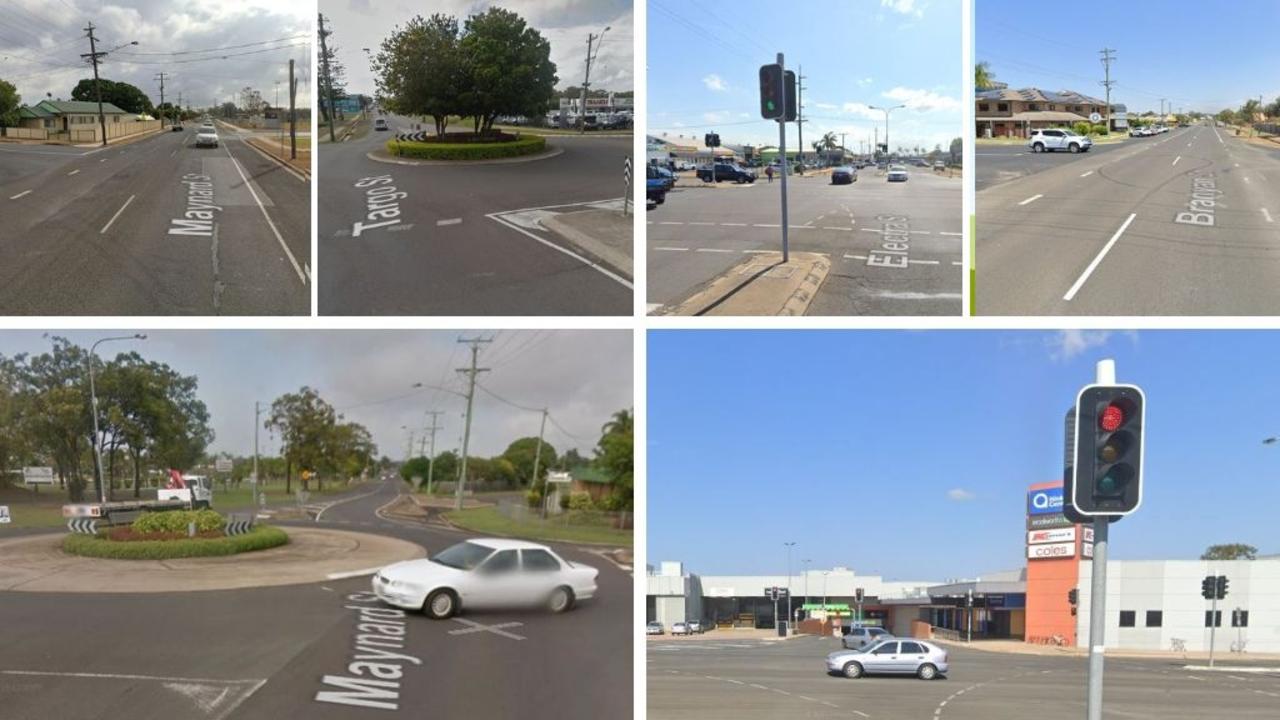‘Least protected’: Zoning changes coming for Great Sandy Marine Park
Protected zones in the Great Sandy Marine Park will increase by 9 per cent in 2024, with commercial large mesh gill nets and ring nets banned from ‘yellow’ zones in the Baffle Creek, Elliott River, Burrum River system, the Great Sandy Strait and Tin Can Inlet.
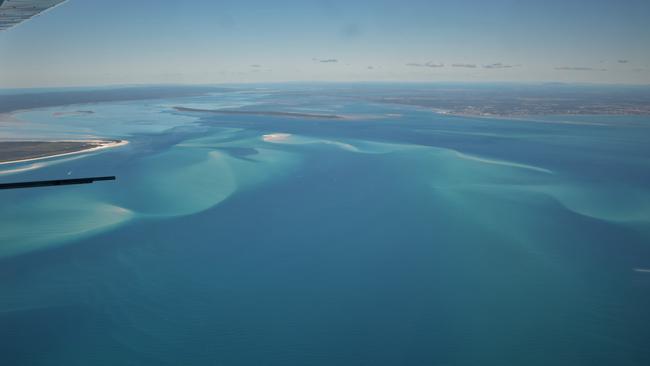
Community News
Don't miss out on the headlines from Community News. Followed categories will be added to My News.
Protected zones in the Great Sandy Marine Park will increase by 9 per cent in 2024 in an effort to boost biodiversity and tourism opportunities.
State Environment Minister Leanne Linard was in Hervey Bay on Thursday to announce the changes, aimed at protecting 22 threatened marine species and their habitats while maintaining the region’s “fishing-based lifestyle”.
A targeted compensation package will be funded by the government to help impacted businesses.
Ms Linard said the final zoning plan would increase the proportion of marine national park green zones within the GSMP from 3.9 per cent to 12.8 per cent, contributing to a total of 28.6 per cent of the marine park being in highly-protected zones (green and yellow zones) to conserve its biodiversity.
The final plan will also include the removal of commercial large mesh gill nets and ring nets from the yellow zones within Baffle Creek, Elliott River, Burrum River system, the Great Sandy Strait and Tin Can Inlet.
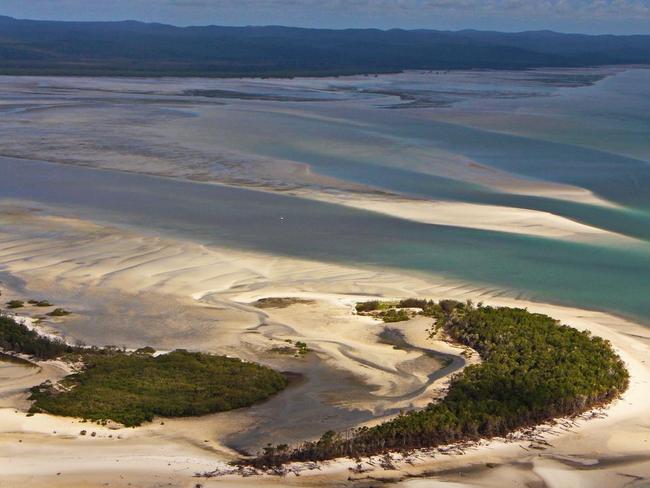
Tunnel netting and set pocket netting in various parts of the Great Sandy Strait and Tin Can Inlet will continue to ensure a supply of fresh local seafood and bait.
Extra measures will further protect threatened species and the area’s cultural and amenity values and increase funding for management of the marine park, including community education, compliance and enforcement, given the increase in highly protected areas within the marine park.
As part of this, the state will increase management capability through a new partnership with the Butchulla people whose Country covers much of the marine park.
To further support tourism and recreational fishing in the Wide Bay, it will invest in new and enhanced boat ramps and artificial reefs in the region.
The increased protections will support the long-term conservation of threatened and iconic species and their habitats, while supporting nature-based tourism, recreational, charter and sport fishing across the region.
The GSMP Zoning Plan Review involved consultation with the fishing sectors, First Nations peoples, scientists, local communities and conservation groups as well as local governments and representatives from the tourism sector.

Feedback gathered during the consultation period indicated strong support for the majority of the proposed changes to the marine park zones.
In response to that feedback, the boundaries of some specific green zones were modified to reduce impacts on commercial and recreational fishers.
To address any impacts to commercial fishing and seafood processing/wholesaling businesses, the Department of Environment and Science will work with the Department of Agriculture and Fisheries to develop a comprehensive mitigation package.
“The Great Sandy Marine Park is a truly special place. It is home to vulnerable seagrass meadows and mangrove communities, some of the world’s most southerly coastal fringing coral reefs and species of international and national conservation significance such as shorebirds, grey nurse sharks, turtles and dugongs,” Ms Linard said.
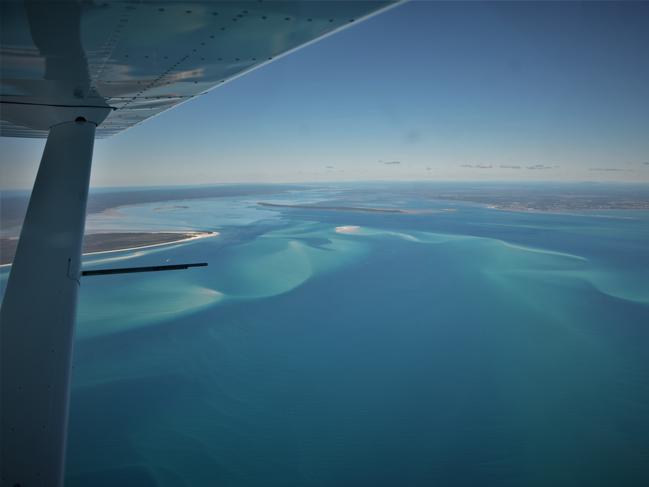
“However, the GSMP is currently the least protected marine park in Queensland.
“We also know that recreational fishing catch rates on the Fraser Coast have declined considerably in the past two decades, which has impacted on the region’s great lifestyle and tourism opportunities.
“The zoning and management changes the government will implement will enhance protections for the region’s exceptional marine biodiversity, while also enhancing tourism and recreational fishing in the Wide Bay Burnett Region.
“The extensive consultation undertaken as part of the GSMP Zoning Plan Review clearly showed that the majority of those consulted wanted enhanced protections for the Great Sandy Strait.
“Locals and visitors alike value the unique reefs found in this world class marine environment adjacent to the Great Barrier Reef and K’gari, and the benefits they bring to the local economy.
“It is also important to acknowledge the significant cultural and spiritual importance of this area to the First Nations peoples’ Sea Country in and adjacent to the marine park, and I thank them for their significant contributions to the zoning plan review process.
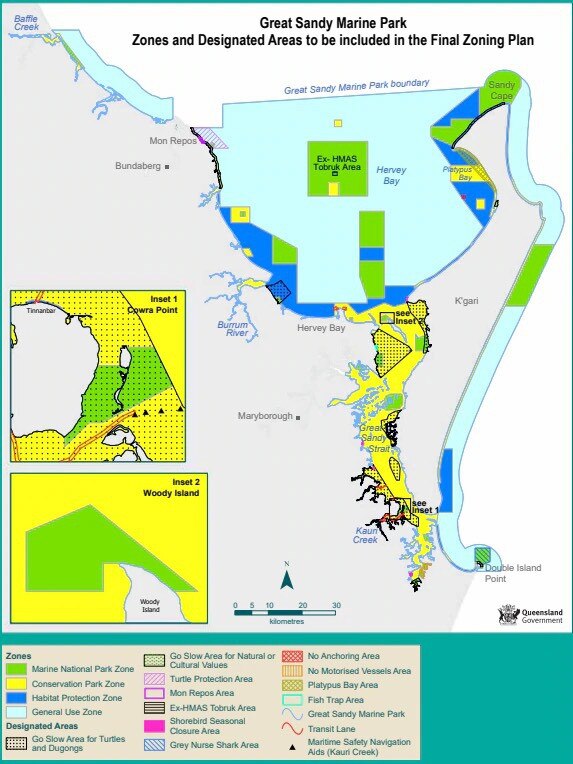
“The government acknowledges that there will be some impact on the commercial fishing operators who work these waters, as well as local seafood processors.
“That is why the government is funding a targeted compensation package as well as a regional economic enhancement package which will support new jobs in tourism, in serving the recreational fishing sector and in aquaculture.
“This includes funding for new and enhanced boating infrastructure and artificial reefs.”
Hervey Bay Labor MP Adrian Tantari said Fraser Coast locals and tourists to the area knew how unique the Great Sandy Marine Park was.
“In October 2019, the Hervey Bay region was named the world’s first Whale Heritage Site by the World Cetacean Alliance,” he said.
“The public consultation undertaken on the draft zoning plan identified overwhelming support to further protect the area.
“Enhancing protections for the GSMP provides an opportunity for the region to become an international hub for marine scientific research and education, in addition to being a popular destination for tourists and recreational fishers.”
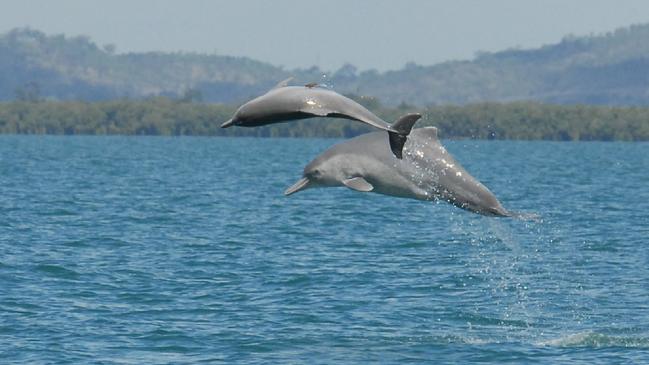
Maryborough Labor MP Bruce Saunders said the zoning changes were great news for recreational fishers.
“Under the final zoning plan, some 87.2 per cent of the Great Sandy Marine Park will remain available for recreational fishing and crabbing,” he said.
“The evidence shows that the rezoning will also improve fish stocks. After the rezoning of the Moreton Bay Marine Park in 2009, there was a considerable increase in catch rates.
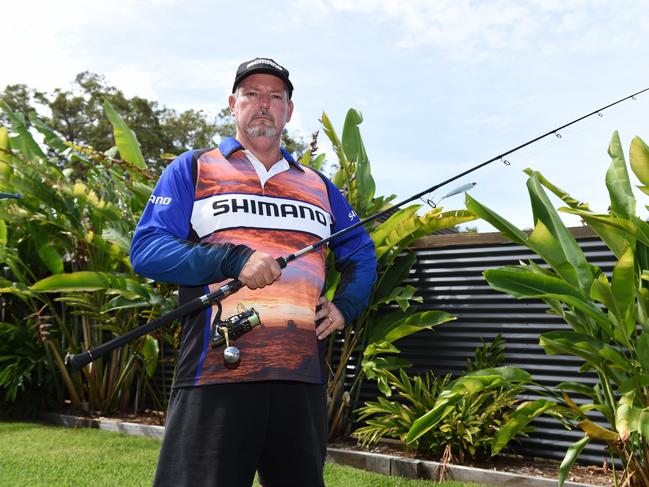
Conservationists welcome marine park
The Australian Marine Conservation Society and Fraser Coast Fishing Alliance applauded the changes.
Fraser Coast Fishing Alliance chairman Scott Mitchell said the Great Sandy Marine Park was one of Queensland‘s greatest coastal treasures.
“The fantastic fish diversity makes this region unique and includes tropical and sub-tropical species, which attracts recreational fishers and visitors from across the country and overseas,” he said.
“Anyone who has fished consistently throughout the Great Sandy Marine Park from Baffle Creek in the north to Double Island Point in the south during the last few decades will confirm they have observed significant localised depletion across several of our key recreational species.
“The new zoning plan will assist in restoring and protecting fish stocks throughout the Great Sandy Marine Park for future generations while creating new employment opportunities.

“Bringing an end to destructive gillnetting inside the Conservation Park zones is well overdue and should never have been established in the first place.
“The Great Sandy Marine Park was the only marine park in Australia that allowed commercial gillnetting in Conservation Park zones.
“You only need to look at what has happened on the Fitzroy River at Rockhampton to see the benefits that come from removing commercial netting and creating net-free zones. New employment opportunities will arise from increased recreational fishing tourism and local fishers alike which flows out across the community.”
AMCS Marine Parks Campaigner James Sherwood said the plan would improve protection of threatened species such as dugongs, turtles, grey nurse sharks and the Australian humpback dolphin.
“Back-to-back flooding events have decimated seagrass meadows in the Great Sandy Marine Park which is the primary food source for dugong and turtles. The expansion of fully protected areas will protect additional seagrass habitat that they rely on.
“The increase in fully protected areas is also welcome news for the region which will help to better protect biodiversity and rebuild fish populations in the marine park”.




